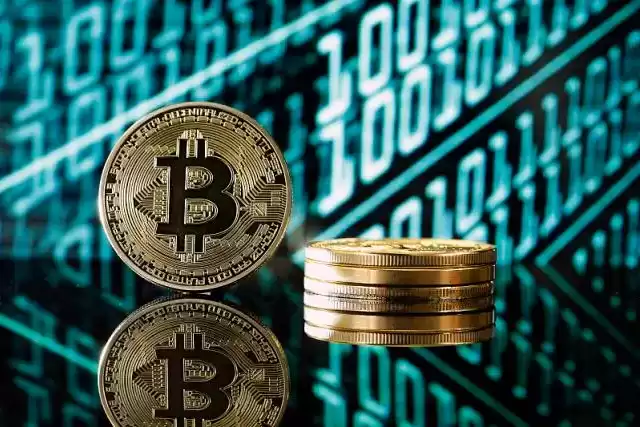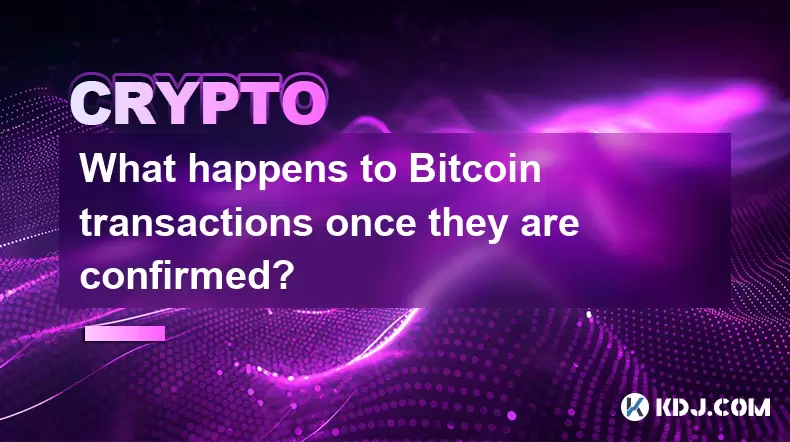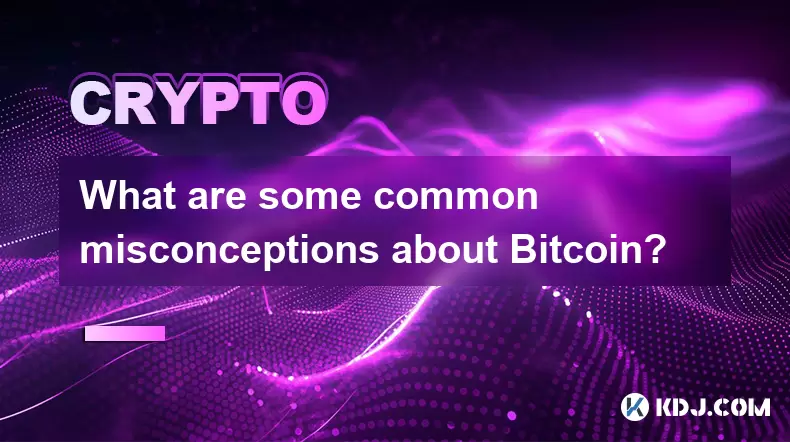-
 Bitcoin
Bitcoin $116900
0.00% -
 Ethereum
Ethereum $4280
5.48% -
 XRP
XRP $3.265
-1.45% -
 Tether USDt
Tether USDt $1.000
-0.01% -
 BNB
BNB $807.0
1.41% -
 Solana
Solana $183.1
2.93% -
 USDC
USDC $0.9999
0.00% -
 Dogecoin
Dogecoin $0.2440
6.50% -
 TRON
TRON $0.3357
-0.88% -
 Cardano
Cardano $0.8178
2.63% -
 Hyperliquid
Hyperliquid $44.13
7.45% -
 Chainlink
Chainlink $21.39
9.09% -
 Stellar
Stellar $0.4524
-0.84% -
 Sui
Sui $3.957
2.13% -
 Bitcoin Cash
Bitcoin Cash $572.7
-2.54% -
 Hedera
Hedera $0.2671
1.54% -
 Avalanche
Avalanche $24.77
4.17% -
 Ethena USDe
Ethena USDe $1.001
0.02% -
 Litecoin
Litecoin $122.3
-1.94% -
 Toncoin
Toncoin $3.432
2.26% -
 UNUS SED LEO
UNUS SED LEO $9.007
0.49% -
 Shiba Inu
Shiba Inu $0.00001396
5.26% -
 Uniswap
Uniswap $11.09
1.64% -
 Polkadot
Polkadot $4.155
4.57% -
 Dai
Dai $1.000
0.00% -
 Pepe
Pepe $0.00001253
5.11% -
 Cronos
Cronos $0.1588
2.67% -
 Bitget Token
Bitget Token $4.512
0.05% -
 Monero
Monero $275.0
0.64% -
 Ethena
Ethena $0.7527
15.10%
will bitcoin halving increase price
While Bitcoin halvings have historically been followed by price increases, it's essential to remember that correlation does not imply causation, as other factors like market sentiment and economic conditions also influence the cryptocurrency's value.
Oct 13, 2024 at 06:30 am

Will Bitcoin Halving Increase Price?
Bitcoin halving is a programmed event that reduces the block reward miners receive for verifying transactions on the Bitcoin blockchain by 50%. This event occurs roughly every four years, and the next halving is expected in May 2024.
Historically, Bitcoin halvings have been followed by substantial price increases. However, it's important to note that correlation does not imply causation. Several factors, including market sentiment, economic conditions, and regulatory changes, can influence Bitcoin's price.
Factors Influencing Bitcoin Price After Halving
- Supply and Demand: Halving reduces the supply of new Bitcoin entering the market, which can increase demand and potentially lead to price increases.
- Investor Expectations: Many investors believe that halving events create a bullish environment where Bitcoin's value is likely to rise. This expectation can drive buying pressure and contribute to price increases.
- Media Coverage: Halving events generate significant media attention, which can increase awareness and attract new investors to the cryptocurrency market. Increased demand from new investors can push prices higher.
- Technical Analysis: Some analysts believe that halving events create chart patterns that indicate future price increases. While technical analysis is subjective and not always reliable, it can influence trading decisions and affect Bitcoin's price.
Historical Price Trends After Halving
- 2012 Halving: Bitcoin's price increased from around $12 to $1,200 within a year after the halving.
- 2016 Halving: Bitcoin's price rose from approximately $650 to over $20,000 within a year and a half after the halving.
- 2020 Halving: Bitcoin's price surged from around $9,000 to over $60,000 within a year after the halving.
Potential Risks
While historical trends suggest that halving events can positively impact Bitcoin's price, it's important to remember that there are no guarantees. Bitcoin is a volatile asset, and its price can be influenced by various factors outside of halving events. Some potential risks include:
- Market Correction: The cryptocurrency market can experience significant corrections, even after halving events.
- Negative News: Negative news or regulatory changes can impact investor confidence and drive down Bitcoin's price.
- Technical Issues: Network or exchange outages can disrupt trading and potentially impact Bitcoin's price.
Conclusion
While Bitcoin halving events have historically corresponded with price increases, it's crucial to approach this topic with caution. Bitcoin's price is influenced by a complex interplay of factors, and halving events alone do not guarantee a positive outcome. Investors should carefully consider the risks and potential rewards before making any investment decisions.
Disclaimer:info@kdj.com
The information provided is not trading advice. kdj.com does not assume any responsibility for any investments made based on the information provided in this article. Cryptocurrencies are highly volatile and it is highly recommended that you invest with caution after thorough research!
If you believe that the content used on this website infringes your copyright, please contact us immediately (info@kdj.com) and we will delete it promptly.
- Shiba Inu, Pepe, and Remittix: A Tale of Memes, Hype, and Real-World Utility
- 2025-08-10 08:30:12
- Ethereum Price, ETH Tokens, Rally Prediction: Is a New All-Time High In Sight?
- 2025-08-10 08:30:12
- XRP, Elon Musk, and Wealth: A Crypto Conundrum
- 2025-08-10 08:50:12
- Retire Early with Crypto: High-Conviction Plays Beyond Bitcoin
- 2025-08-10 08:50:12
- BlockDAG, Render, and Polkadot: Charting the Course for Long-Term Crypto Dominance
- 2025-08-10 08:55:21
- Toncoin's Ascent: Price Predictions and the VERB Strategy Impact
- 2025-08-10 08:55:21
Related knowledge

What are the key features of Bitcoin?
Aug 10,2025 at 02:50am
Decentralization and Peer-to-Peer NetworkOne of the most defining characteristics of Bitcoin is its decentralized nature. Unlike traditional financial...

Can the Bitcoin protocol be changed?
Aug 07,2025 at 01:16pm
Understanding the Bitcoin ProtocolThe Bitcoin protocol is the foundational set of rules that govern how the Bitcoin network operates. It defines every...

What happens to Bitcoin transactions once they are confirmed?
Aug 09,2025 at 05:22am
Understanding Bitcoin Transaction ConfirmationWhen a Bitcoin transaction is initiated, it is broadcast to the network and placed in a pool of unconfir...

How are Bitcoin transactions verified?
Aug 08,2025 at 06:57am
Understanding Bitcoin Transaction VerificationBitcoin transactions are verified through a decentralized network of nodes and miners that ensure the le...

How does decentralization make Bitcoin secure?
Aug 08,2025 at 09:35am
Understanding Decentralization in BitcoinDecentralization is a foundational principle of Bitcoin's architecture and plays a critical role in its secur...

What are some common misconceptions about Bitcoin?
Aug 07,2025 at 07:22pm
Bitcoin is Just Like Regular MoneyA widespread misconception is that Bitcoin functions identically to traditional fiat currencies like the US dollar o...

What are the key features of Bitcoin?
Aug 10,2025 at 02:50am
Decentralization and Peer-to-Peer NetworkOne of the most defining characteristics of Bitcoin is its decentralized nature. Unlike traditional financial...

Can the Bitcoin protocol be changed?
Aug 07,2025 at 01:16pm
Understanding the Bitcoin ProtocolThe Bitcoin protocol is the foundational set of rules that govern how the Bitcoin network operates. It defines every...

What happens to Bitcoin transactions once they are confirmed?
Aug 09,2025 at 05:22am
Understanding Bitcoin Transaction ConfirmationWhen a Bitcoin transaction is initiated, it is broadcast to the network and placed in a pool of unconfir...

How are Bitcoin transactions verified?
Aug 08,2025 at 06:57am
Understanding Bitcoin Transaction VerificationBitcoin transactions are verified through a decentralized network of nodes and miners that ensure the le...

How does decentralization make Bitcoin secure?
Aug 08,2025 at 09:35am
Understanding Decentralization in BitcoinDecentralization is a foundational principle of Bitcoin's architecture and plays a critical role in its secur...

What are some common misconceptions about Bitcoin?
Aug 07,2025 at 07:22pm
Bitcoin is Just Like Regular MoneyA widespread misconception is that Bitcoin functions identically to traditional fiat currencies like the US dollar o...
See all articles

























































































